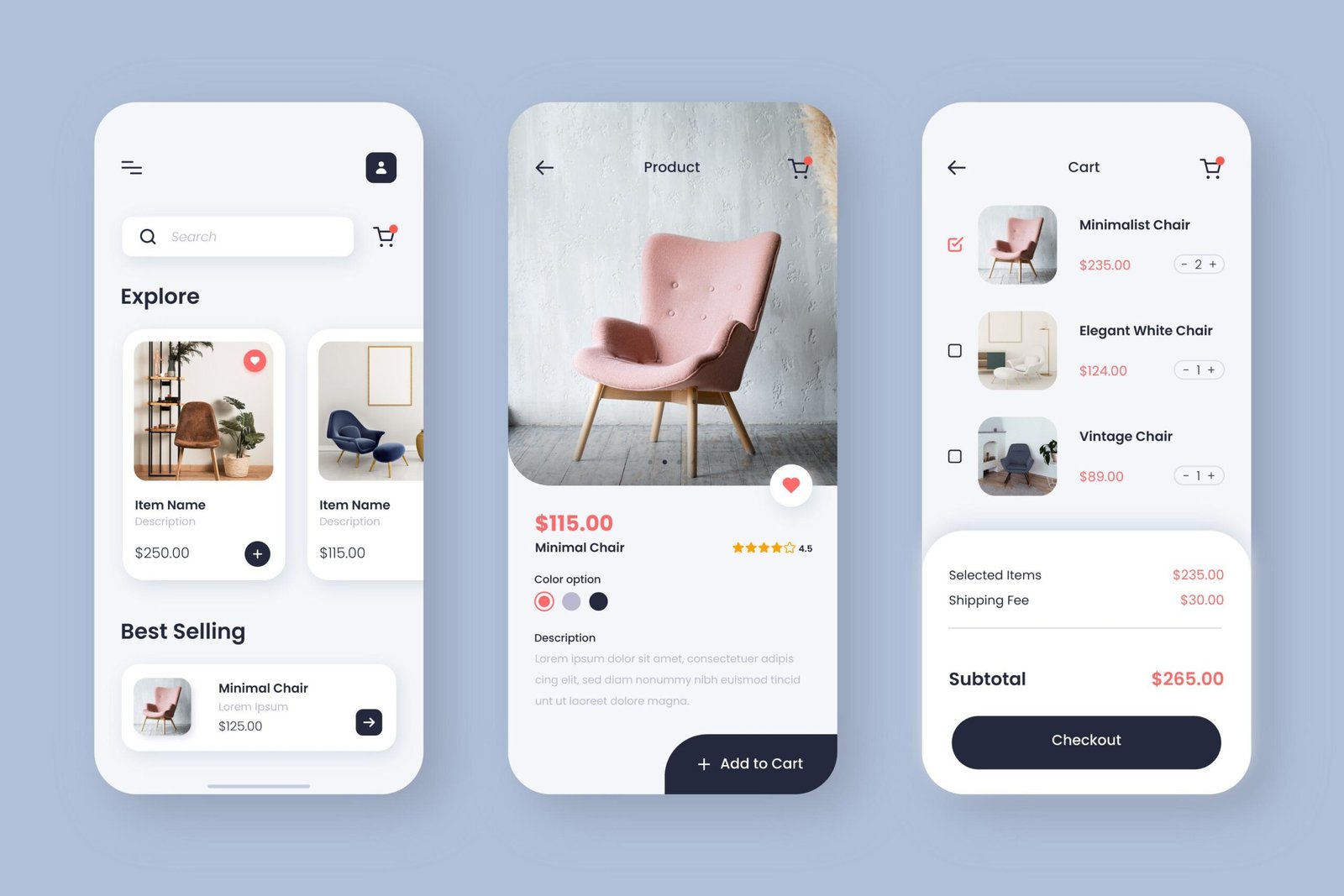In the realm of product development, understanding how users interact with your product is crucial. Usability testing is a fundamental approach that allows designers and developers to gather real-world feedback, identify usability issues, and refine the user experience. In this blog, we will explore the importance of usability testing, various techniques, and how to implement them effectively.
What is Usability Testing?
Usability testing involves evaluating a product by testing it with real users. This process helps identify any issues users may encounter while interacting with the product, ensuring that their needs and expectations are met. The primary goals of usability testing include:
Identifying Pain Points: Discovering areas where users struggle or experience frustration while using the product.
Gathering User Feedback: Collecting insights directly from users regarding their experiences and expectations.
Improving Product Design: Utilizing feedback to make informed design decisions that enhance usability and user satisfaction.
Validating Design Decisions: Testing whether design choices meet user needs and expectations before final implementation.
Why Usability Testing is Essential
Investing in usability testing can significantly improve your product’s success. Here are several reasons why usability testing is essential:
Enhances User Experience: By identifying usability issues early on, you can make necessary adjustments that lead to a more intuitive and satisfying user experience.
Reduces Development Costs: Addressing usability problems during the design phase is more cost-effective than fixing them after the product is launched.
Increases User Engagement: A user-friendly product encourages users to engage more, leading to higher retention rates and customer loyalty.
Boosts Conversion Rates: A seamless user experience can significantly impact conversion rates, making it easier for users to complete desired actions.
Usability Testing Techniques
There are various techniques for conducting usability testing, each suited to different stages of the product development cycle:
1. Moderated Usability Testing
In this technique, a facilitator guides users through tasks while observing their interactions. This approach allows for immediate feedback and clarifications, making it valuable for understanding user behavior.
2. Unmoderated Usability Testing
Users complete tasks independently without direct supervision. This method is often more cost-effective and can reach a larger audience, making it ideal for gathering broader insights.
3. A/B Testing
In A/B testing, two versions of a product (A and B) are compared to see which one performs better in terms of user engagement, conversion rates, or other metrics. This technique helps identify design elements that resonate most with users.
4. Remote Usability Testing
Conducted online, remote usability testing allows users to complete tasks in their natural environment. This approach provides insights into real-world usage and behaviors.
Implementing Usability Testing
To implement usability testing effectively, follow these steps:
- Define Your Goals: Identify what you want to learn from the usability testing process.
- Select Participants: Choose a diverse group of users that represent your target audience.
- Develop Tasks: Create realistic scenarios and tasks that users can complete during the testing session.
- Conduct Testing: Facilitate the testing sessions, ensuring users feel comfortable and can provide honest feedback.
- Analyze Results: Review the data collected to identify patterns, pain points, and areas for improvement.
- Implement Changes: Make necessary adjustments to your product based on user feedback.
Challenges in Usability Testing
While usability testing is invaluable, it does come with its challenges:
- Recruitment of Participants: Finding suitable participants who represent your target audience can be challenging.
- Bias in Results: Users may alter their behavior during testing due to the presence of facilitators, leading to biased results.
- Time Constraints: Conducting thorough usability testing can be time-consuming, especially in tight project timelines.
- Resource Allocation: Ensuring you have the necessary tools and personnel for effective testing can be a hurdle.
Conclusion
Usability testing is a critical component of the product development process. By gathering real-world feedback, businesses can identify pain points, enhance user experience, and ultimately create a more successful product. Investing in usability testing not only saves costs in the long run but also builds user trust and satisfaction, setting the stage for continued success.





